Stunning Companion Plants For Hydrangeas
Hydrangeas are some of the most popular flowering shrubs in the world. They come in a wide variety of colors, shapes, and sizes, and they can add a touch of elegance to any garden. But hydrangeas can also be a bit fussy to care for. They need well-drained soil, dappled sunlight, and regular watering. If you're not careful, your hydrangeas can quickly become stressed and unhealthy.
One way to help your hydrangeas thrive is to plant them with the right companion plants. Companion plants are those that complement each other in terms of their growing conditions, appearance, and purpose. By planting the right companion plants with your hydrangeas, you can help to create a beautiful and healthy garden that requires less maintenance.
Here are some of the best companion plants for hydrangeas:
- Hostas are a classic companion plant for hydrangeas. They have similar growing conditions, and their large, colorful leaves provide a striking contrast to the hydrangeas' blooms. Hostas also help to suppress weeds and shade the hydrangeas' roots, which can help to prevent them from drying out.

- Astilbes are another great companion plant for hydrangeas. They have airy, delicate blooms that come in a variety of colors, and they add a touch of lightness to the garden. Astilbes also prefer moist, shady conditions, just like hydrangeas.

- Ferns are a classic choice for companion plants with hydrangeas. They add a touch of elegance and texture to the garden, and they help to suppress weeds. Ferns also prefer moist, shady conditions, just like hydrangeas.

- Bleeding hearts are a beautiful and delicate wildflower that blooms in the spring. They have heart-shaped leaves and delicate pink or white flowers. Bleeding hearts prefer moist, shady conditions, just like hydrangeas.

- Japanese maples are a stunning addition to any garden, and they make great companion plants for hydrangeas. They have beautiful foliage that changes color in the fall, and they can add a touch of height and drama to the garden. Japanese maples prefer moist, well-drained soil and partial shade, just like hydrangeas.
- Coral bells are a colorful and versatile perennial that can be used as a groundcover or in borders. They have bell-shaped flowers that come in a variety of colors, including red, pink, white, and purple. Coral bells prefer moist, well-drained soil and partial shade, just like hydrangeas.

- Rhododendrons are a beautiful and fragrant shrub that blooms in the spring. They come in a variety of colors, including pink, white, and purple. Rhododendrons prefer acidic soil and partial shade, just like hydrangeas.
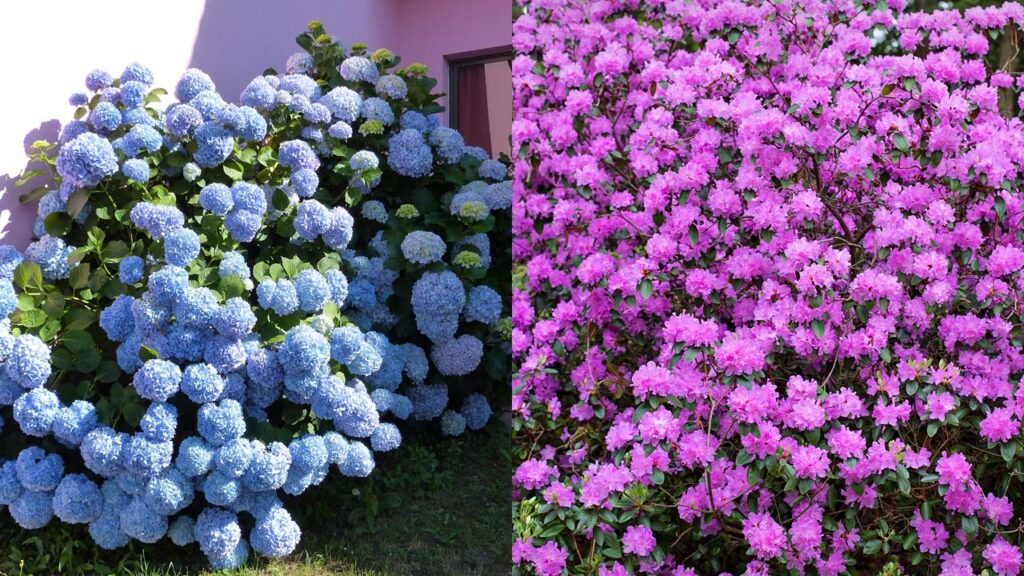
- Camellias are another beautiful and fragrant shrub that blooms in the winter or spring. They come in a variety of colors, including pink, white, and red. Camellias prefer acidic soil and partial shade, just like hydrangeas.

- Heucheras are a colorful and versatile perennial that can be used as a groundcover or in borders. They have heart-shaped leaves and colorful flowers that come in a variety of colors, including red, pink, orange, and yellow. Heucheras prefer moist, well-drained soil and partial shade, just like hydrangeas.
These are just a few of the many great companion plants for hydrangeas. When choosing companion plants, it is important to consider the hydrangeas' growing conditions, as well as the desired effect. By planting the right companion plants, you can help to create a beautiful and healthy garden that requires less maintenance.
Hydrangeas are beautiful flowering shrubs that can add a touch of elegance to any garden. But did you know that there are certain companion plants that can help hydrangeas thrive?
The right companion plants can help to improve the health and appearance of your hydrangeas, and they can also add visual interest to your garden. Some of the best companion plants for hydrangeas include:
- Hostas: These shade-loving plants have large, lush leaves that provide a perfect backdrop for hydrangeas. Gardenia Inspiration
- Azaleas: These acid-loving plants have similar growing requirements to hydrangeas, and they can add a splash of color to your garden.
- Ferns: These delicate plants add a touch of whimsy to any garden, and they can help to keep the soil around hydrangeas moist.
- Clematis: These vining plants can be trained to climb up and over hydrangeas, creating a stunning and fragrant display.
- Daylilies: These sun-loving plants have long-lasting blooms that can help to extend the flowering season of hydrangeas.
If you're looking for more information about companion plants for hydrangeas, be sure to visit Gardenia Inspiration. This website has a wealth of information on hydrangea care and cultivation, including a comprehensive list of companion plants that are well-suited for hydrangeas.
FAQ of companion plants with hydrangeas
Question 1: What are some good companion plants for hydrangeas?
Answer: Some of the best companion plants for hydrangeas include:
- Hostas: Hostas are shade-loving perennials that come in a variety of colors and leaf shapes. They make excellent companions for hydrangeas because they have similar water and soil requirements.
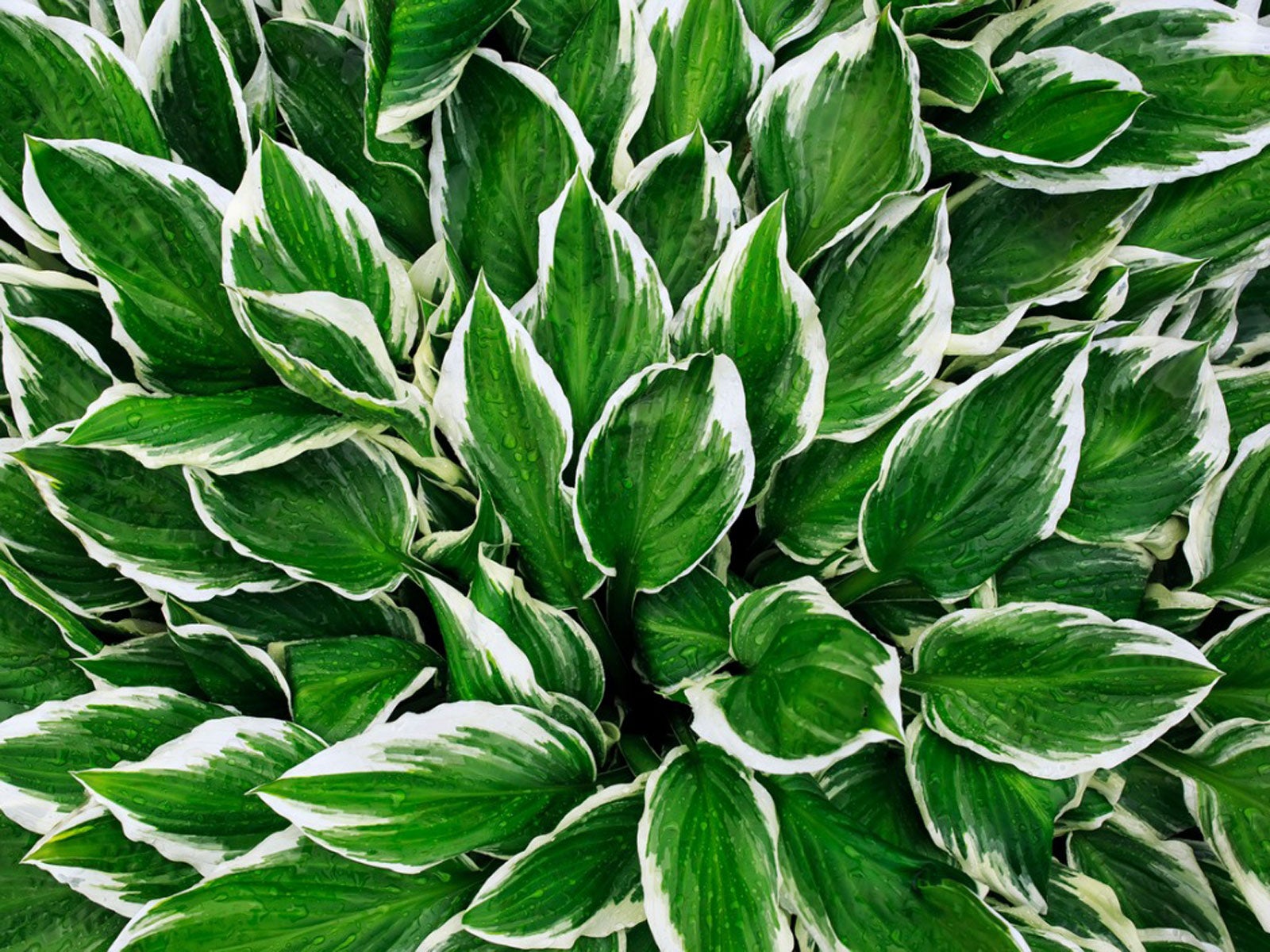
- Azaleas: Azaleas and rhododendrons are also acid-loving plants that thrive in the same conditions as hydrangeas. They add a splash of color to the garden and can help to attract pollinators.
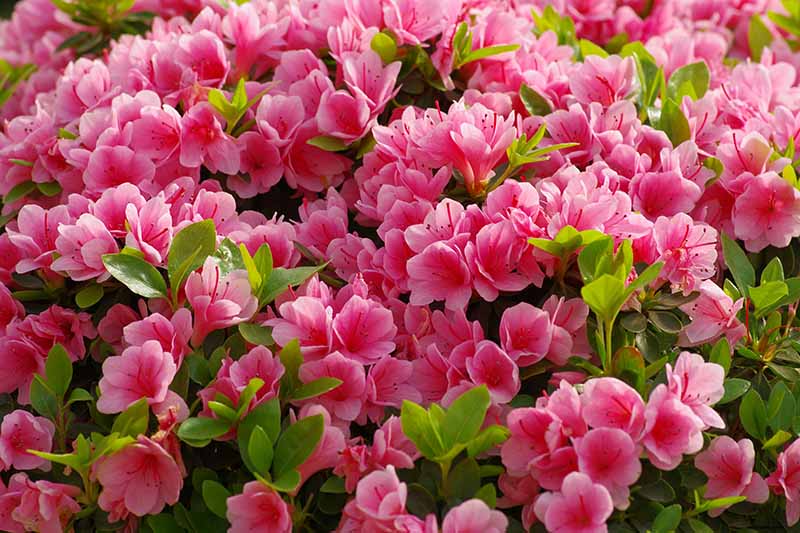
- Ferns: Ferns are another good choice for companion plants with hydrangeas. They add a touch of elegance to the garden and help to keep the soil moist.
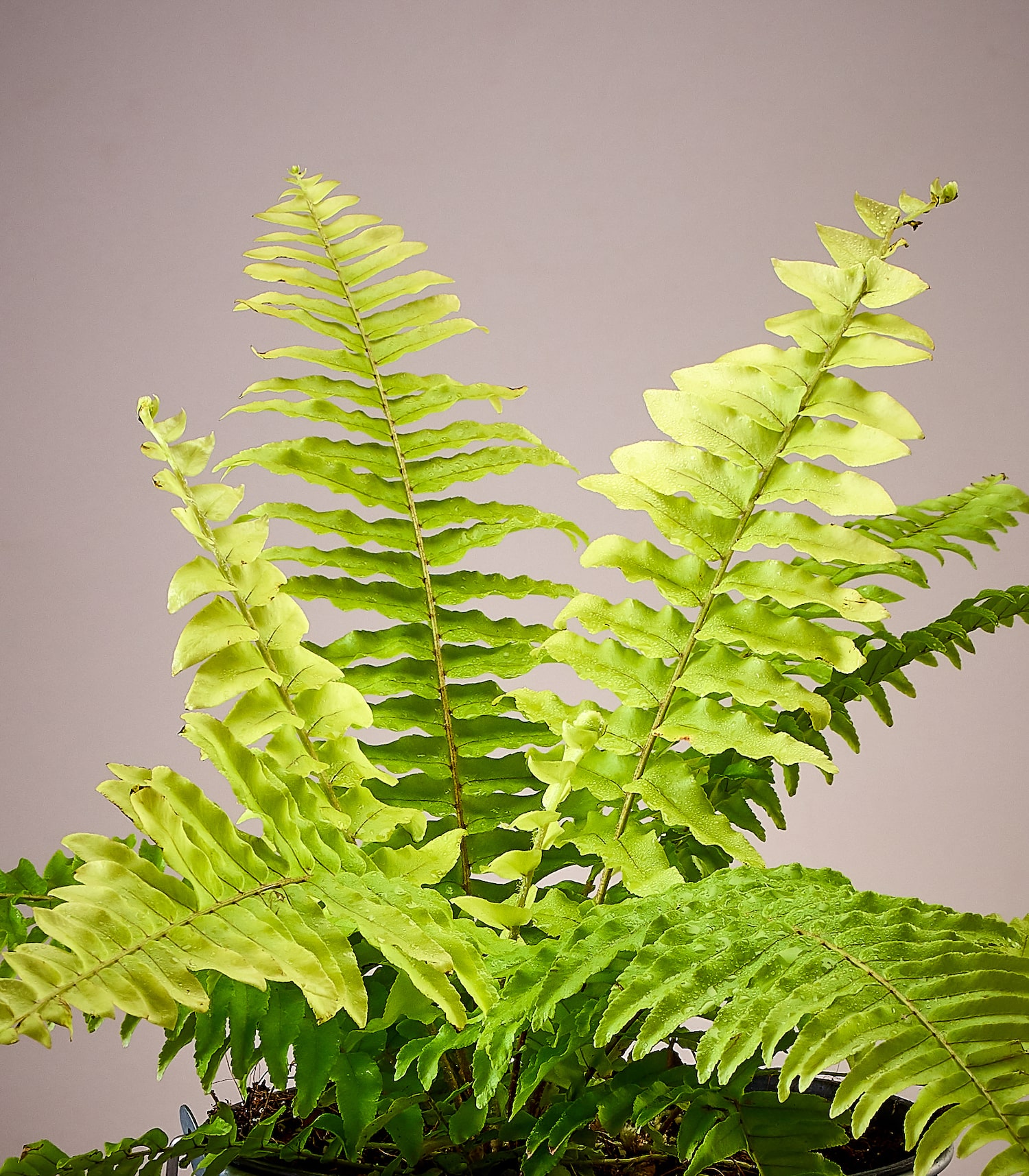
- Daylilies: Daylilies are a low-maintenance perennial that blooms for several weeks in the summer. They come in a variety of colors and can help to add height and interest to a hydrangea border.
- Coral bells: Coral bells are another shade-loving perennial that blooms in the summer. They come in a variety of colors and leaf shapes and can help to add a splash of color to the garden.
Question 2: What should I avoid planting with hydrangeas?
Answer: There are a few plants that you should avoid planting with hydrangeas, including:
- Other acid-loving plants: Planting too many acid-loving plants in one area can deplete the soil of nutrients.
- Trees: Trees can cast too much shade on hydrangeas, which can stunt their growth.
- Weeds: Weeds can compete with hydrangeas for water and nutrients.
- Marigolds: Marigolds can inhibit the growth of hydrangeas.
- Peonies: Peonies can attract the same pests and diseases as hydrangeas.
Question 3: How far apart should I plant hydrangeas and their companion plants?
Answer: The ideal spacing for hydrangeas and their companion plants will vary depending on the size of the plants. However, as a general rule, you should space hydrangeas at least 3 feet apart and their companion plants at least 2 feet apart.
Question 4: When should I plant companion plants with hydrangeas?
Answer: You can plant companion plants with hydrangeas in the spring or fall. However, it is important to plant them when the soil is moist and the weather is cool.
Question 5: How do I care for hydrangeas and their companion plants?
Answer: Hydrangeas and their companion plants need regular watering, especially during the hot summer months. You should also fertilize them once a year in the spring. In addition, you should deadhead spent flowers to encourage new blooms.
Image of companion plants with hydrangeas
5 different images of companion plants with hydrangeas:
- Hostas are shade-loving perennials that make excellent companions for hydrangeas. They have large, glossy leaves that provide a beautiful contrast to the hydrangea's blooms.

- Ferns are another type of shade-loving plant that can be planted with hydrangeas. They add a touch of elegance and texture to the garden.

- Astilbe is a flowering perennial that blooms in shades of pink, white, and red. It prefers moist, shady conditions, making it a good choice for planting near hydrangeas.
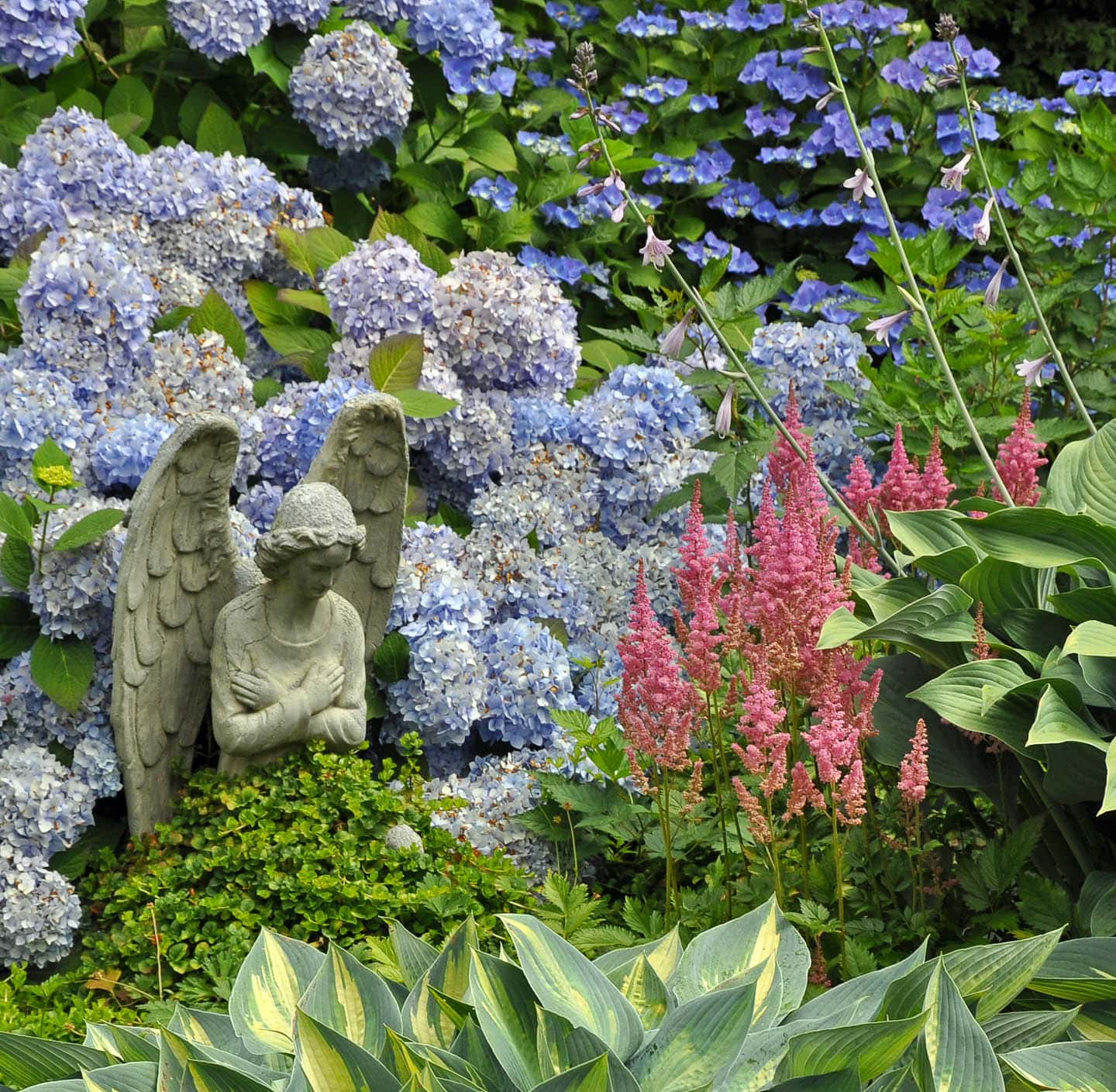
- Coral bells are another type of shade-loving perennial that blooms in shades of pink, red, and white. They have attractive foliage that provides a nice contrast to the hydrangea's blooms.
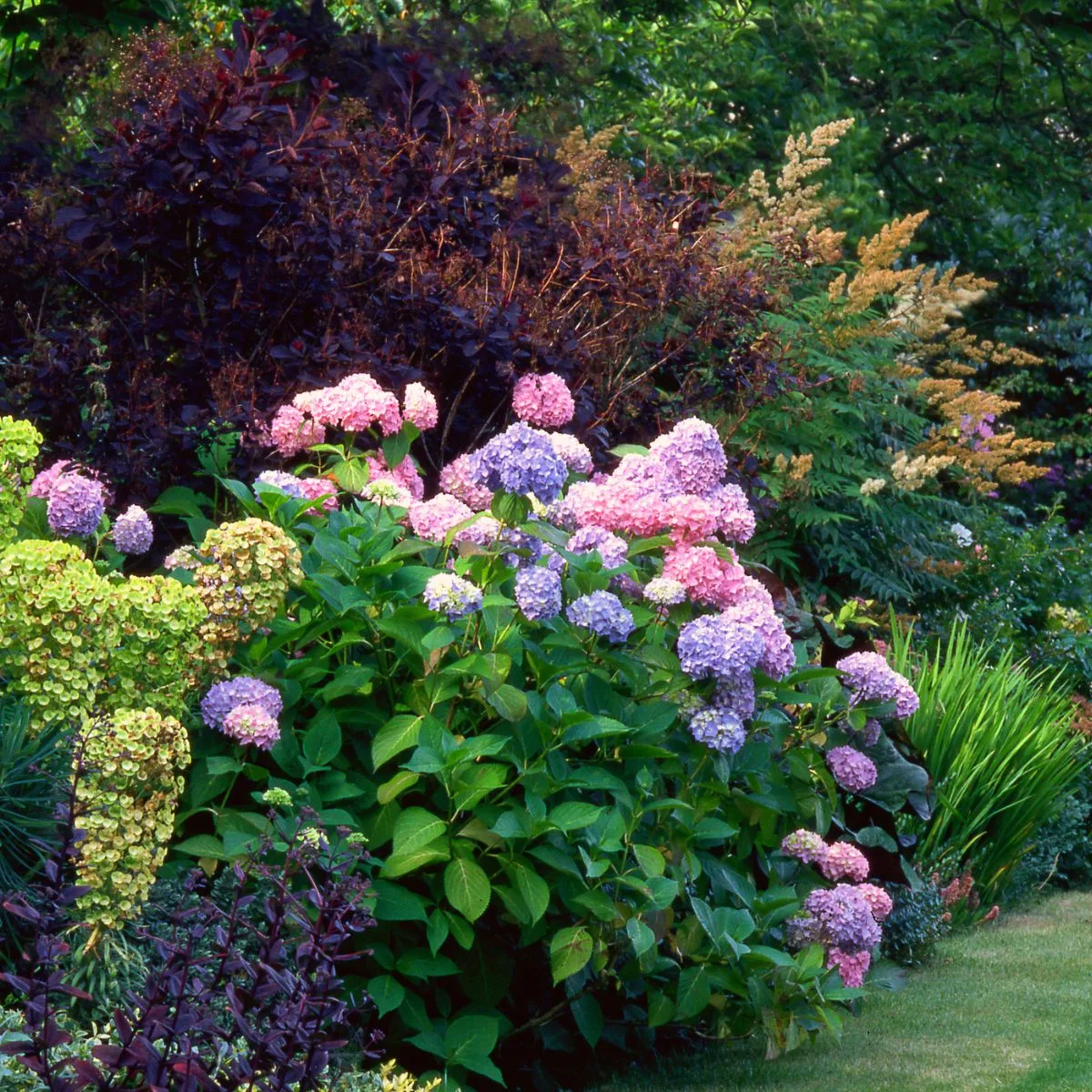
- Daylilies are sun-loving perennials that can be planted with hydrangeas in partly shaded areas. They come in a wide variety of colors, so you can choose ones that complement the hydrangea's blooms.
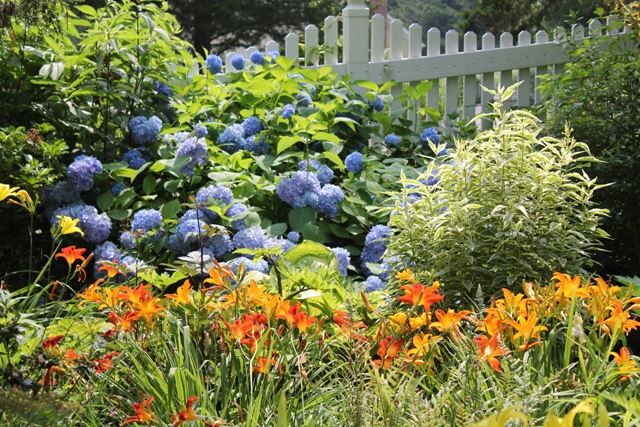
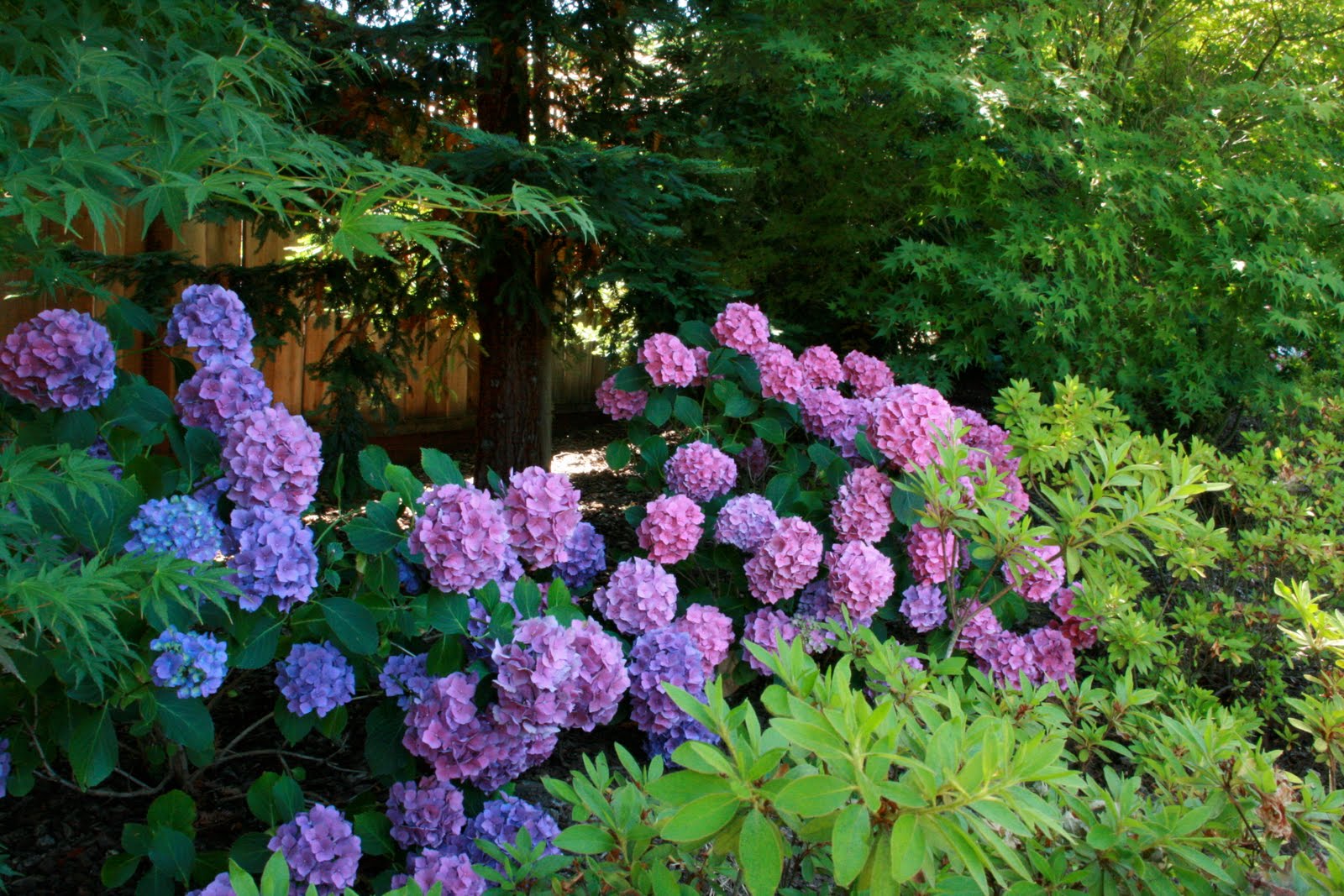

Post a Comment for " Stunning Companion Plants For Hydrangeas"